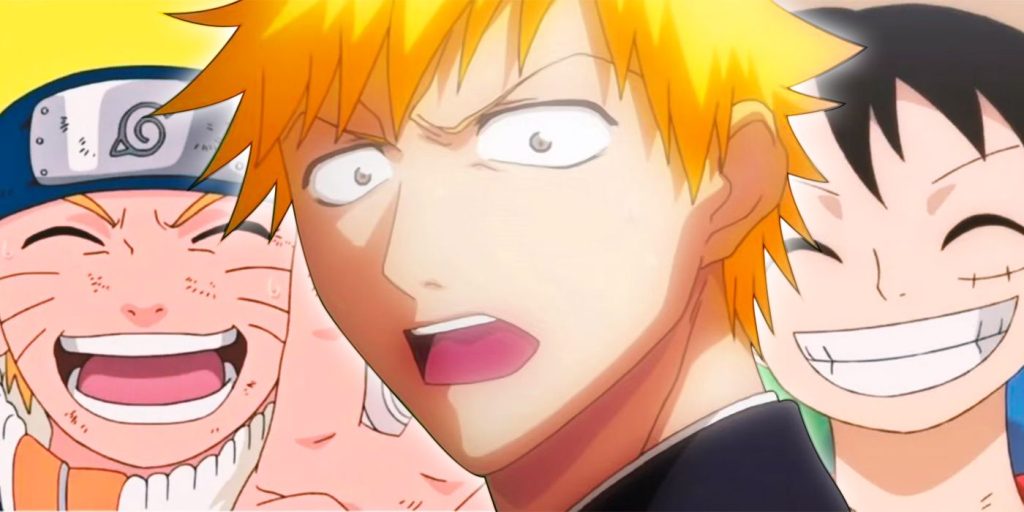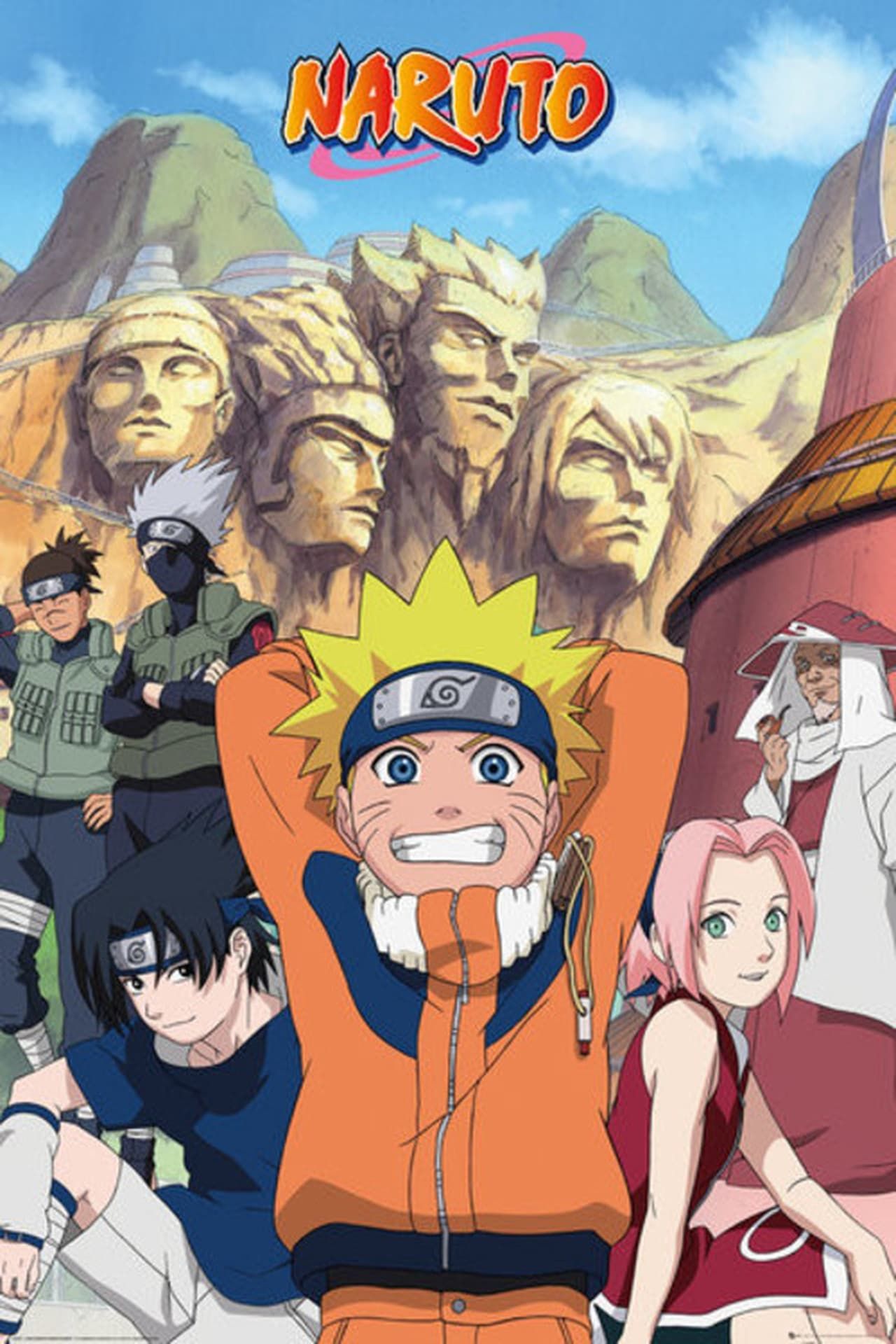Change is an inevitable fact of existence. The ever-shifting tides of time manage to affect everything. The anime industry is not immune to these shifts and changes, and much about it has changed over the last four decades. This has shown up in a myriad of ways, though most of them can be subtle for someone who is more in tune with anime itself rather than the wider goings-on of the industry. This isn’t a bad thing; it’s not always the job of the consumer to understand the intricacies of how their preferred form of media is made or what the thoughts are that go into it.
But there is value in having knowledge when it comes right down to it. Understanding the ways in which the anime industry has changed already is a good way to track how it will change in the future. Not all change is a bad thing, just as not all change is a good thing. Arming one’s self with knowledge is a way to prepare for how the winds will inevitably shift as the future approaches with inexorable speed. Part of understanding the shift comes down to understanding the rise and fall of the Big Three.
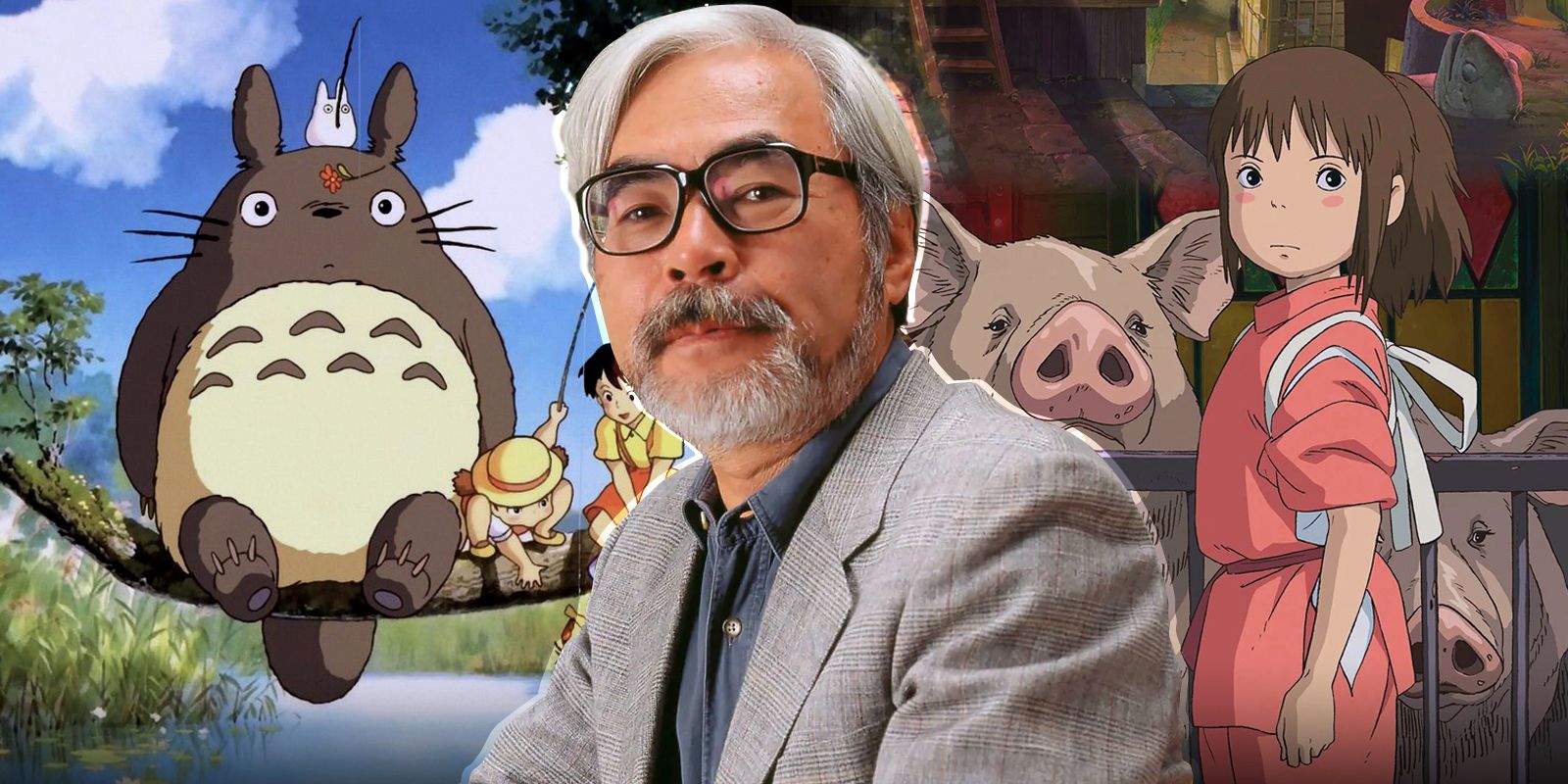
Related
Generative AI violates the very spirit of the creative sources it seeks to imitate, and Studio Ghibli’s Hayao Miyazaki is adamantly against it.
What Was the “Big Three” in Anime?
How Did the “Big Three” Impact Anime Fans?
Anime consumption in the West has changed in a very short amount of time. In the ’80s and ’90s, anime was an extremely niche hobby or just barely known about. Most Westerners would have very little exposure to Japanese media, and the little there was tended to be localized into the ground. Series like Speed Racer, Astro Boy and Power Rangers were some of the few series that were more well-known before the anime boom that happened in the ’00s. Even some series like Eighth Man and the incredibly stitched-together Robotech had followings, but they were incredibly small and tight-knit.
The introduction of Pokémon, Dragon Ball Z and Sailor Moon in the late ’90s and early ’00s was really what managed to change the game. While anime wasn’t strictly a popular hobby, it did start gaining traction and led to an explosion of releases in the West. Even the popular Shōnen Jump started being translated into English and released in video and hobby stores across the world, rather than just in Japan. While this seems rather tame as a development in the year 2025, this was actually a major development and became the first time many people were taught how to read manga in the proper way.
It was right around this time, when anime was becoming more popular, that the traditional “Big Three” dropped. Bleach, Naruto, and One Piece all aired right around the end of Shōnen Jump‘s Golden Age. They very quickly became worldwide successes while also being incredibly long-running — One Piece is still in progress. Each series has spinoffs, light novels, memes, and merchandise that is spread across the world. One thing that can’t be underestimated about the “Big Three” is that they struck at the absolute perfect time for them to exist as a coalition.
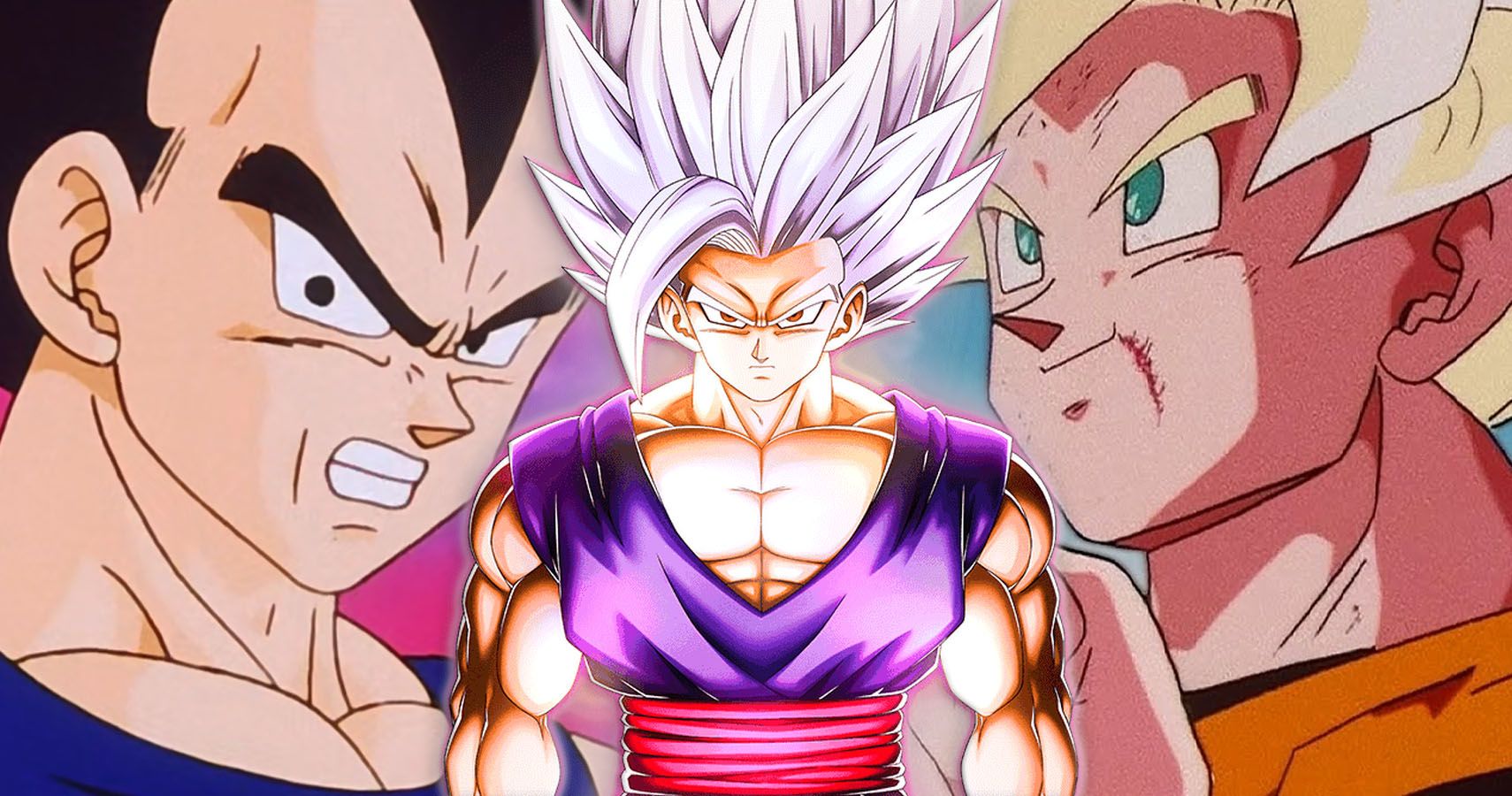
Related
Is Gohan Beast the Strongest Hero in Dragon Ball Right Now?
Gohan Beast defeated Cell Max in Dragon Ball Super: Super Hero, leaving fans to wonder if he’s surpassed Goku, Vegeta, and Broly.
What Made the Timing for the “Big Three” Anime So Perfect?
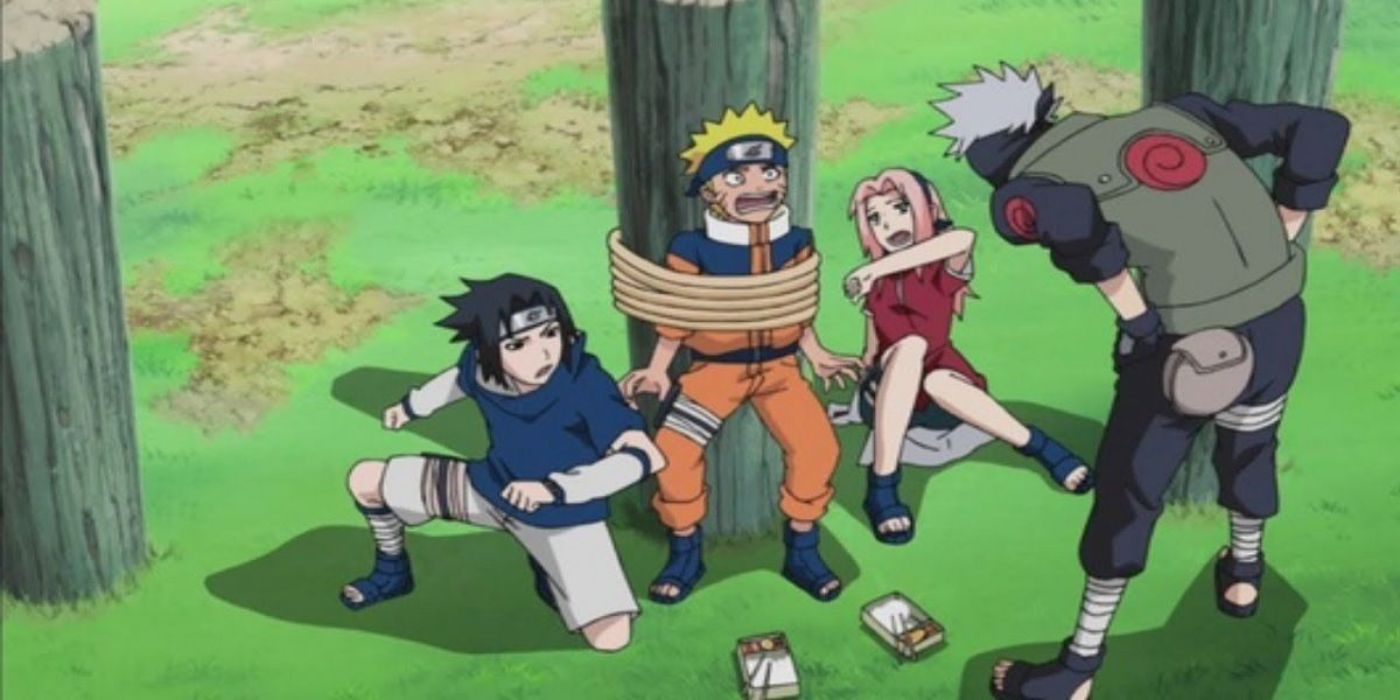
Anime fandoms today are incredibly fragmented places. After all, there is so much content and so many different genres and series that are easily accessible due to apps like Crunchyroll and Viz Media that there’s no way to treat anime fans as a monolithic demographic anymore. People who like Naruto won’t necessarily also like Bungo Stray Dogs and vice versa. But, back in the day, there was a lot less content to choose from. Adult Swim was the place to go for new anime, but that really was limited to households that paid for cable, even as those numbers increased over the years. Adult Swim did have varied options, but nothing even close to what is available today.
The “Big Three” experienced so much international success because they were the truest definition of gateway anime at the time. As accessibility rose, these series were at the forefront of that and acted as a way for people to get to know the medium and have a series grow up with them. In many ways, the “Big Three” series were a uniting force for the budding anime community in the West. Even if someone didn’t watch all three, they definitely watched at least one, and there was a lot of overlap between fans. Conventions today are still full of cosplayers from the “Big Three,” and many of them will say they grew up with those series.
Timing is everything, and the time at which Bleach, Naruto, and One Piece were released hit the sweet spot for fans who had grown up with Pokémon but were looking for something with more depth as they entered their early teens. This gave them nigh on universal acclaim across the board and heated up forums for over a decade with theories and questions and the absolutely titanic amounts of fanfiction that they inspired. The “Big Three” were incredibly important for pushing the hobby forward in the West, but the times have changed enough that it is unlikely there will ever be another “Big Three”.
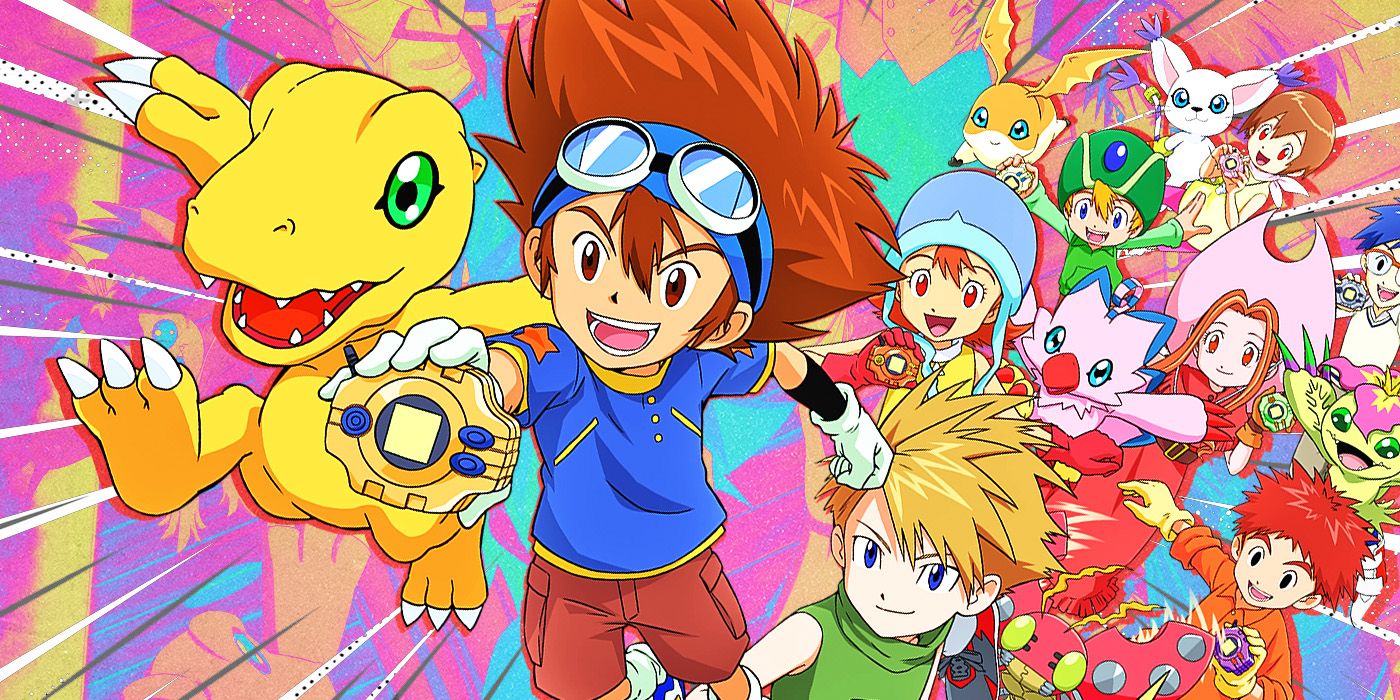
Related
There’s Great News for Digimon Fans as ’90s Anime Finally Returns to Streaming
After a two-month-long disappearance, the earliest Digimon anime seasons are returning to streaming in the U.S.
Will There Really Never Be an Anime “Big Three” Again?
Anime Consumtion & Fandom Is So Varied Now, It Is Unlikely
There have been attempts to use the “Big Three” moniker again in the modern age of anime, but nothing has managed to stick. There are a lot of reasons as to why this is happening, and much of it has to do with how the anime industry and anime fans themselves have changed. There is still a lot of love for the shōnen genre. It’s still one of the most popular types of anime out there by a mile, but that isn’t the only genre of anime accessible to fans anymore. Since anime is a global phenomenon, it is incredibly unlikely any one single series could dominate the conversation in the way any of the original “Big Three” managed to back in the day. The fanbase is incredibly diverse now, with people from all over the globe entering the discourse. Series get popular these days, no doubt, but has anything really managed to hit the heights of One Piece in popularity?
The rise of the internet is also a major piece of this shift in the industry. Fans can have curated experiences now, sometimes overly curated, thanks to the way algorithms mysteriously manage everyone’s desires. Audiences, as a result, are actually less adventurous than they used to be and often don’t move out of their comfy digital corner without a lot of pushing by outside forces. This means a lot of anime either start to play it more safely or there is less expectation of audience overlap, so the advertising for new series is more targeted. On the one hand, this allows genres of anime to have more focused attention on their own tropes, but on the other hand, audiences are just less likely to hop from one series to another.
The other thing to remember is that Naruto, Bleach and One Piece are incredibly long-running. One Piece is still ongoing, and it first showed up in print in 1997. The series is two years away from being 30 years old, and the ending is still seemingly out of reach. Series that come out these days just don’t have that kind of steam and even seem to end rather abruptly, like Jujutsu Kaisen and My Hero Academia. There isn’t as much tolerance for series with thousands of episodes and chapters, nor does there seem to be much stamina. It’s hard to imagine, in the age of streaming, any series other than the aforementioned One Piece carrying on for more than about three-hundred episodes.
The passage of time has changed modern anime, and while there will probably never be a “Big Three” again, there is the one major positive — anime is more accessible than ever before. There are more characters, more genres, and more opportunities to find a series anyone can love. It’s sad to watch an era end, but there’s always room for new beginnings.
-

- Release Date
-
2004 – 2023-00-00
- Network
-
TV Tokyo, TV Osaka, TV Aichi, TVh, TVQ, TSC, BS TV Tokyo
- Showrunner
-
Tite Kubo
-

Masakazu Morita
Ichigo Kurosaki (voice)
-

Fumiko Orikasa
Rukia Kuchiki
-
-

- Release Date
-
October 20, 1999
- Network
-
Fuji TV
- Directors
-
Hiroaki Miyamoto, Konosuke Uda, Junji Shimizu, Satoshi Itō, Munehisa Sakai, Katsumi Tokoro, Yutaka Nakajima, Yoshihiro Ueda, Kenichi Takeshita, Yoko Ikeda, Ryota Nakamura, Hiroyuki Kakudou, Takahiro Imamura, Toshihiro Maeya, Yûji Endô, Nozomu Shishido, Hidehiko Kadota, Sumio Watanabe, Harume Kosaka, Yasuhiro Tanabe, Yukihiko Nakao, Keisuke Onishi, Junichi Fujise, Hiroyuki Satou
-

Mayumi Tanaka
Monkey D. Luffy (voice)
-

Kazuya Nakai
Roronoa Zoro (voice)



